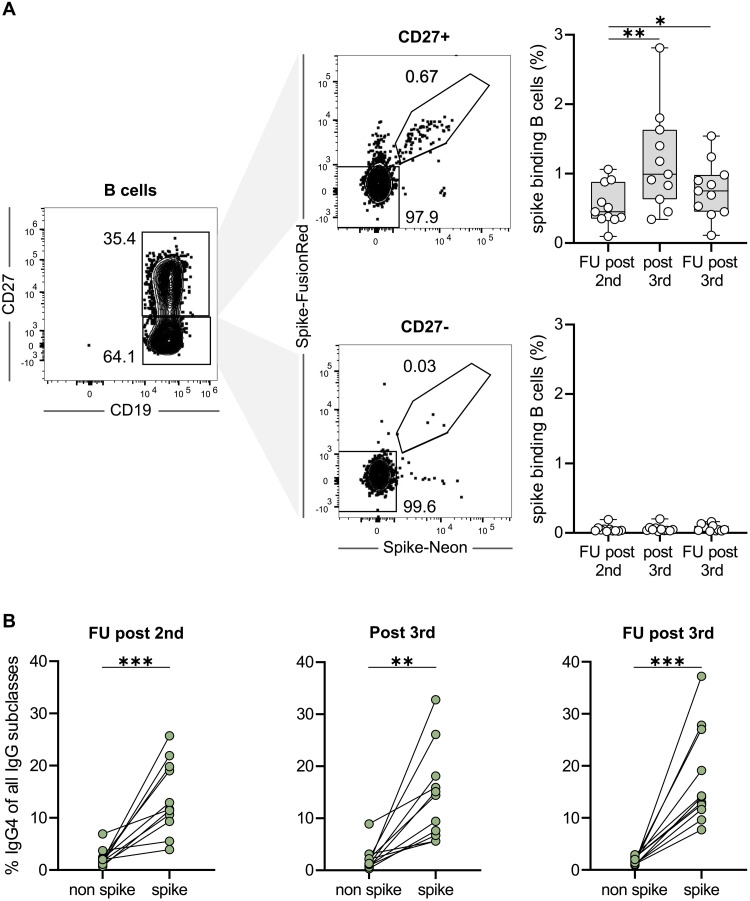Fig. 2. Longitudinal monitoring of class-switching in SARS-CoV-2-specific memory B cells.
PBMCs from 11 volunteers of cohort 1 were analyzed for the IgG subclass contribution of spike-binding memory B cells at the indicated time points (follow-up post second, 10 days post third and follow-up post third). (A) Flow cytometric gating for CD19-postive and then either CD27-positive or negative B cells (left panel), binding simultaneously to recombinant Spike-Neon and Spike-FusionRed proteins (middle panel). Percentages of spike-binding cells among CD27-positive and negative B cells are summarized on the right panels. (B) Pairwise comparison of the contribution of IgG4 subclasses on spike-binding memory B cells versus non-binding memory B cells at three different time points. Percentages were calculated from IgG4 binding cells and the sum of cells of all 4 IgG subclasses. * p < 0.05, ** p < 0.01, *** p < 0.001; paired t-Test.

